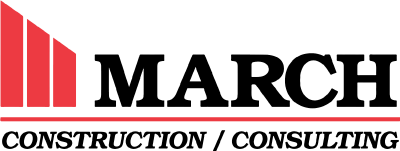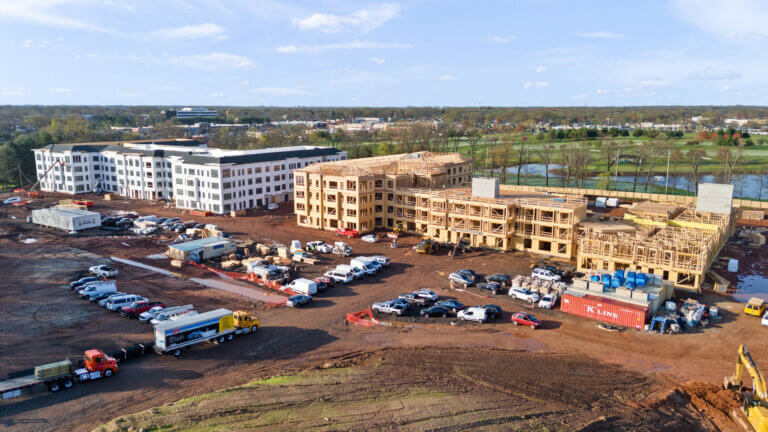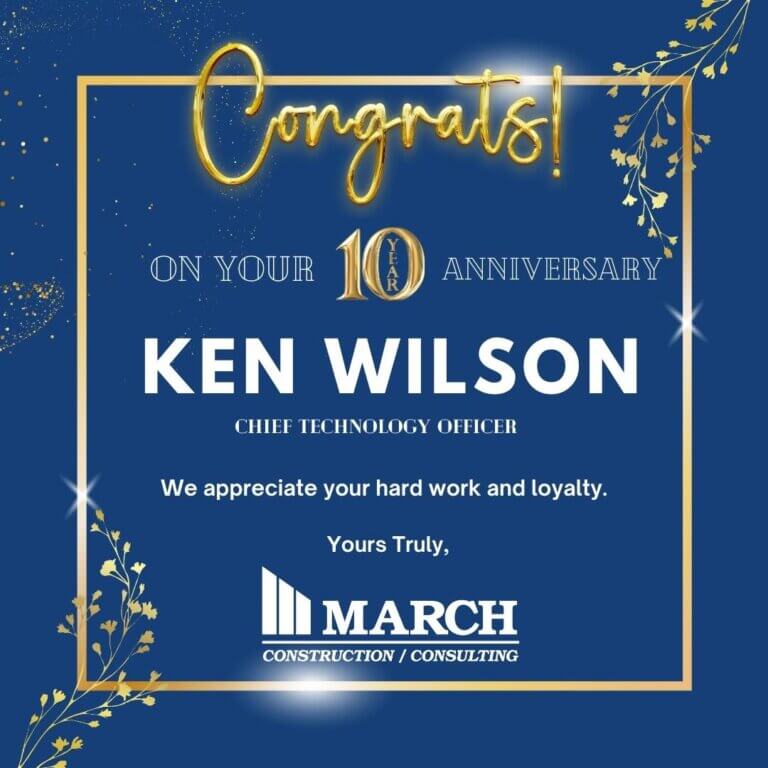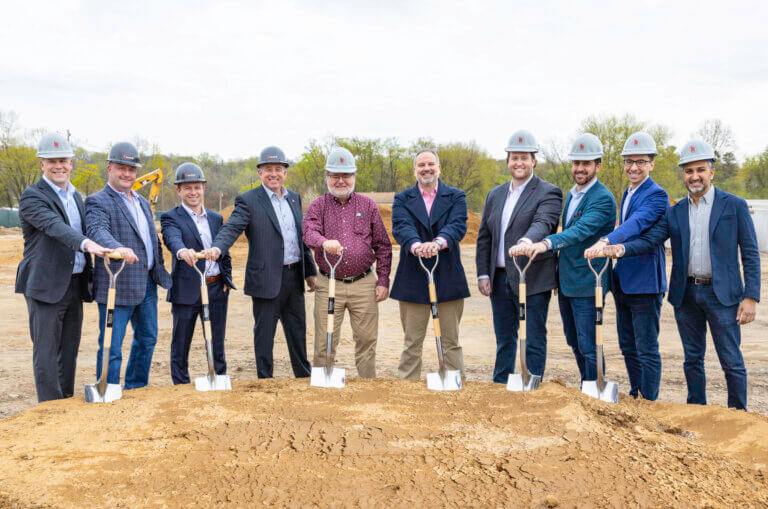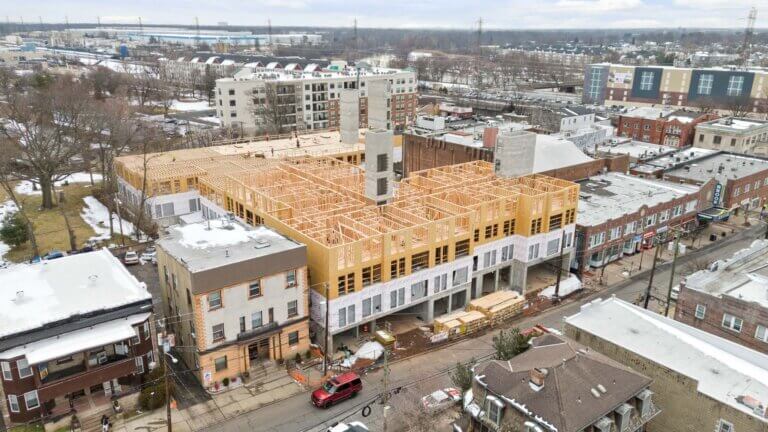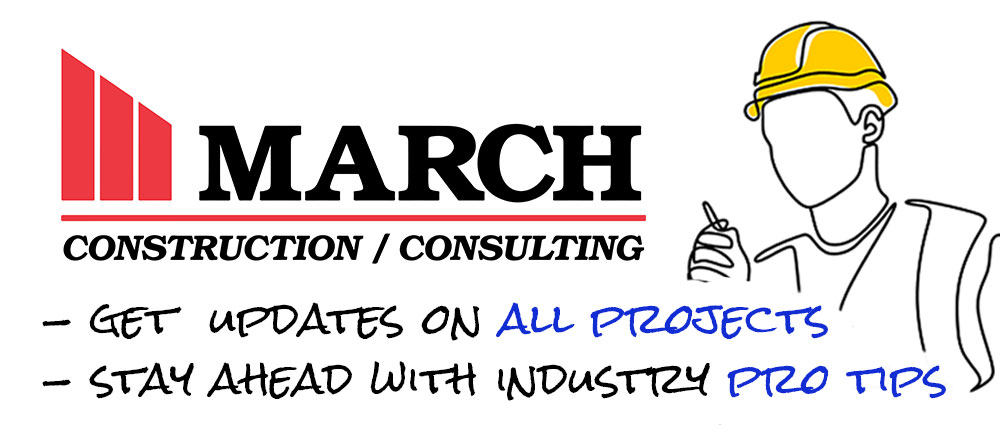
Value Engineering has huge benefits. This systematic approach can save you time and money on your commercial construction project, making it more appealing to potential investors.
This process is particularly beneficial to large commercial property owners who are involved in real estate development and construction. For example, developers of multi-level warehouses, fulfillment centers, apartment complex developments, and large-scale, high-value commercial property developments $20MM and up.
Keep reading for our guide on how to reap the benefits of value engineering without compromising on quality. Your company can save millions of dollars, simply by rethinking how your project is done.
What is Value Engineering in Construction?
In short, Value Engineering is how commercial contractors ensure clients don’t overpay on materials and building costs when there is an equally acceptable, cheaper alternative. The goal is to stretch the budget as efficiently as possible so that you receive more for your money and increase the return on your investment.
Lawrence Mills first developed Value Analysis and Value Engineering in 1947. His job was to buy raw materials for General Electric in World War II when material shortages were at their peak. Soon, his concepts found acknowledgement as a powerful problem-solving approach. They expanded beyond GE to various other industries, including healthcare, government, and construction.
Coming full circle to 2022, material shortages are plaguing the construction industry; costs soared, and availability plummeted. Contractors and developers need value engineering more now than ever to minimize the impact of these increasing costs.
The Six Steps: Lawrence Mills’ Six Steps to Value Engineering is a guide to provide high-quality products for the best available budget.
1. Information Gathering
Identify the scope of the project and what components will be needed. In other words, this step will give you an overview of what materials you need, your schedule, the projected project costs, and so on. During this phase, architectural drawings and specifications are analyzed. By the end, the whole team and owner (or owner’s rep) should be involved with the expectations of the project and its end-result.
2. Function Analysis
After analyzing the individual components which we identified in step one, we go deeper to learn which items are vital to the project’s success and which may not be essential to the project’s completion. Engineers and estimators will identify whether you can obtain specific materials at a lower cost. Each cost reduction will avoid impacting the use or esteem of your building project. This process sometimes involves architectural design adjustments that can eliminate unnecessary construction, before a shovel hits the ground.
Once you have identified cost-saving opportunities, our team can move onto step three: creative speculation.
3. Creative Speculation
Here, the team will research alternative solutions to deliver your project within budget. This can include swapping out building materials for similar (but less costly) alternatives.
Lean construction can be a great way to reduce waste at the project level. This can also benefit the environment, as less material is used. Lean construction also renders company labor more efficient, cutting labor costs.
Creative speculation will include analyzing environmental factors, safety considerations, equipment, labor, project duration, amenities and more. This stage does not involve any kind of elimination, only identifying budgetary weaknesses to swap out for alternatives without significant compromise on performance.
4. Evaluation
After identifying the alternatives, we will have a team meeting and evaluate these options with you. Our experts will help weigh the pros and cons. This is when you will look at how well these alternatives will perform compared to the original choice, and how much cost savings you will receive. The goal is to stay true to the owner’s vision without impacting constructability.
5. Cost Analysis
Value Engineering is sometimes associated with cheap construction, where the need to save money is more significant than providing quality and durability. Therefore, conducting a cost analysis is imperative. In short, you are conducting a life cycle analysis when you assess all the costs at every project stage: From initial construction costs including materials, land, equipment, and labor, to long-term expenses such as water and energy needed to run the facility. It is essential to factor in that choosing these cheaper materials will not reduce the long-term lifecycle of your building.
When doing a cost analysis, look at the cost of the original design. Then, the price of the one that costs more now, but potentially less in time. The one that costs cheaper now may have some long-term costs attached to it, including maintenance work or more frequent replacement costs.
Here are some questions to consider:
How much does the alternative, cheaper solution cost, today?
How much will it cost over the lifespan of the building you are constructing?
Will future maintenance cost increases have an impact on the building’s sustainability?
6. Development
A proposal will be made to conclude your decisions. It will have the timelines, resources, and steps needed to realize the project to fruition. This may consist of finalized drawings, verified costs, cost comparisons, and digital models of the product. You will need these details to present a fully assembled set of recommendations that you can offer to project backers and owners.
Value Engineering your construction project is worth it.
Using Value Engineering services can help you manage and improve your construction project along with increasing your ROI. By adopting the steps above and taking this approach from start-to-finish, we have provided clients with excellent quality building projects. See our portfolio to see some of our completed construction projects in the tristate area. Read our blog to check out some of our current projects still in progress.
When you are ready to get started, reach out to a March representative to discuss Value Engineering your next construction project. We take on projects $10-20MM and up.
Call 973-904-0213 to speak to a representative between 9AM and 5PM weekdays, or contact us and send us a message.
